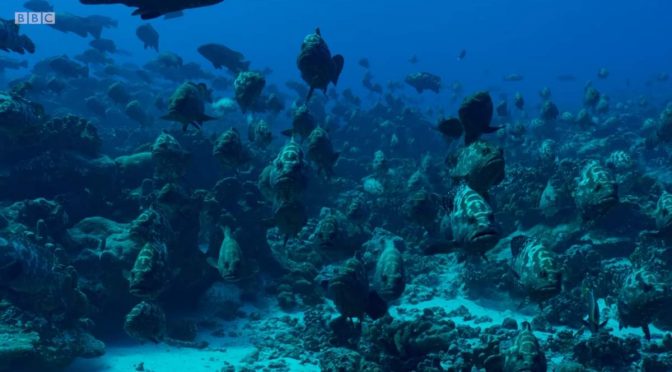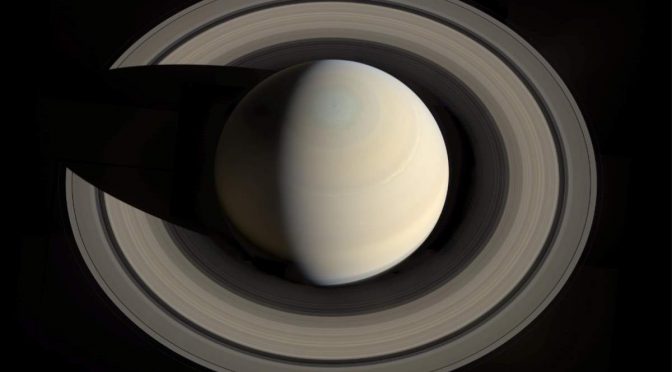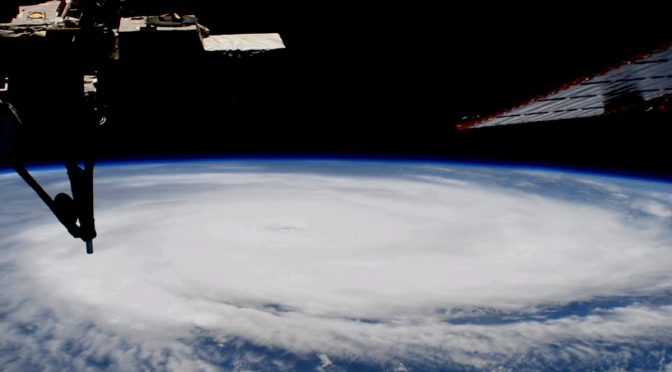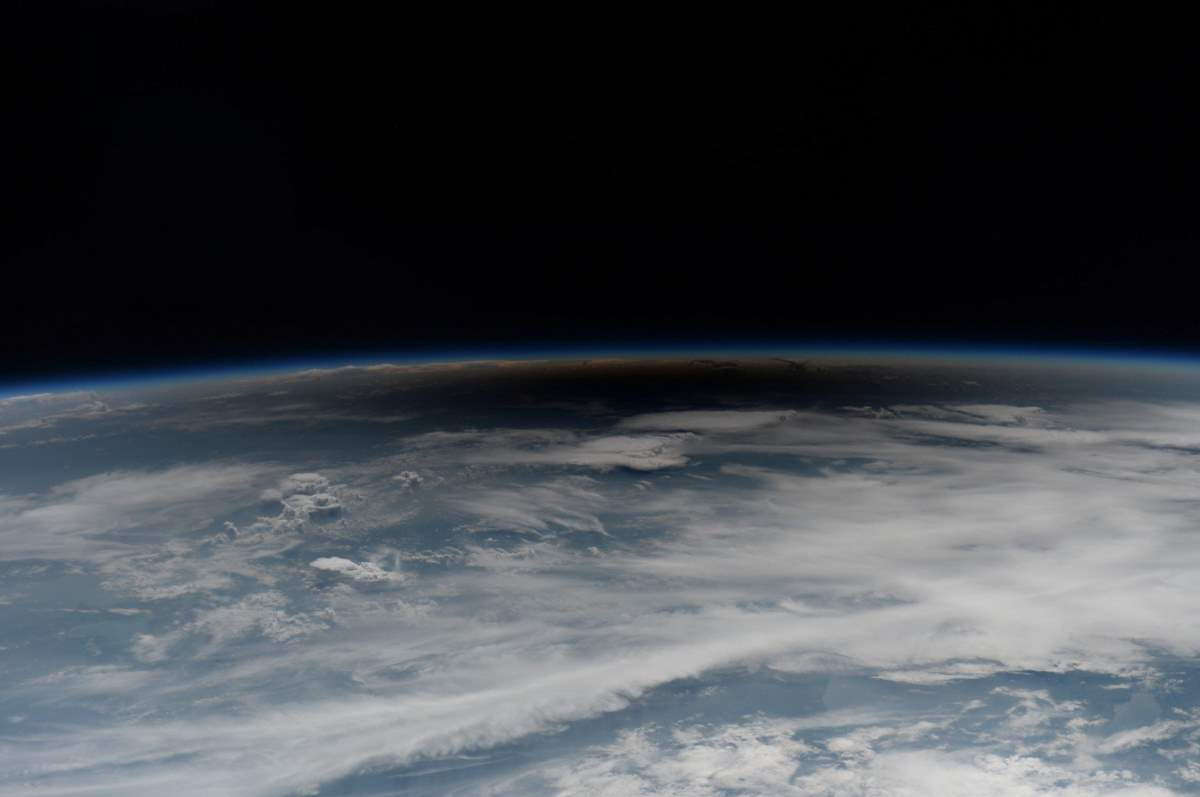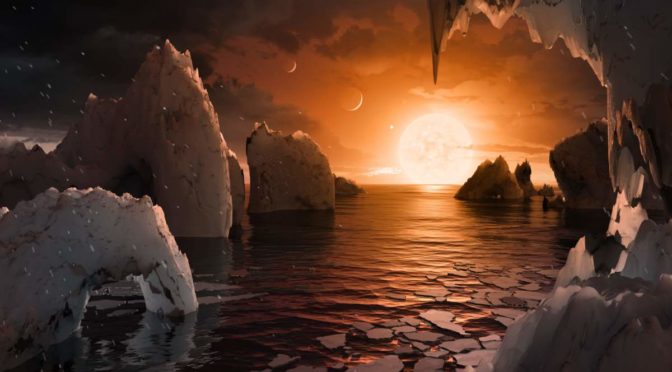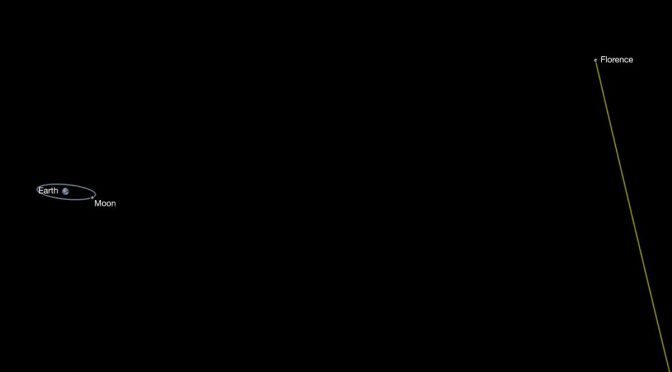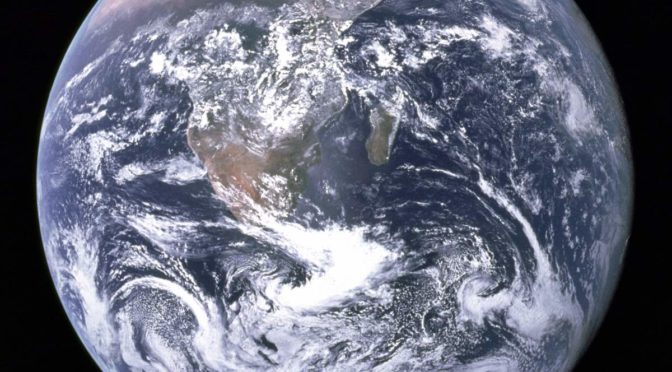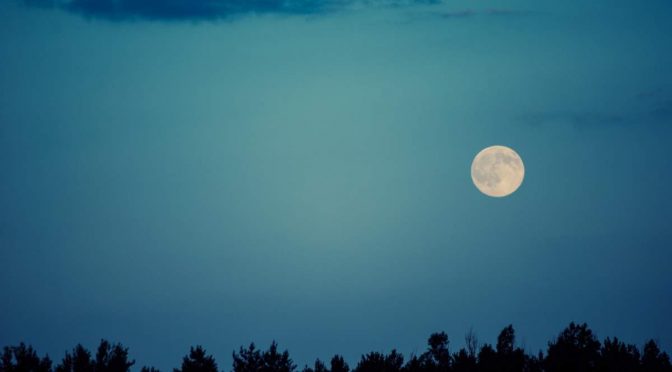Sometimes, a wondering star comes and passes so close to our Sun. Now, thanks to data provided by the Gaia spacecraft, we can know the occurrence of these close passing-bys in advance.
This potentially dangerous event last happened about 70,000 years ago, a wandering binary stellar system passed through the Solar System‘s Oort cloud (see notes 1), within 120,000 AU (0.58 pc; 1.9 ly) of the Sun. 70,000 years is just a blink of an eye compared to the Earth’s age, which is 4.543 billion years. Our ancestors were about to leave Africa at that time. The binary system is dubbed as Scholz’s Star (see notes 2), after its discoverer.
Comets perturbed from the Oort cloud would require roughly 2 million years to get to the inner Solar System. So, in the distant future, some of these comets may hit the Earth and cause mass extinctions, like the “dinosaur killer” Chicxulub impactor which impacted a few miles from the present-day town of Chicxulub in Mexico around 66 million years ago.
